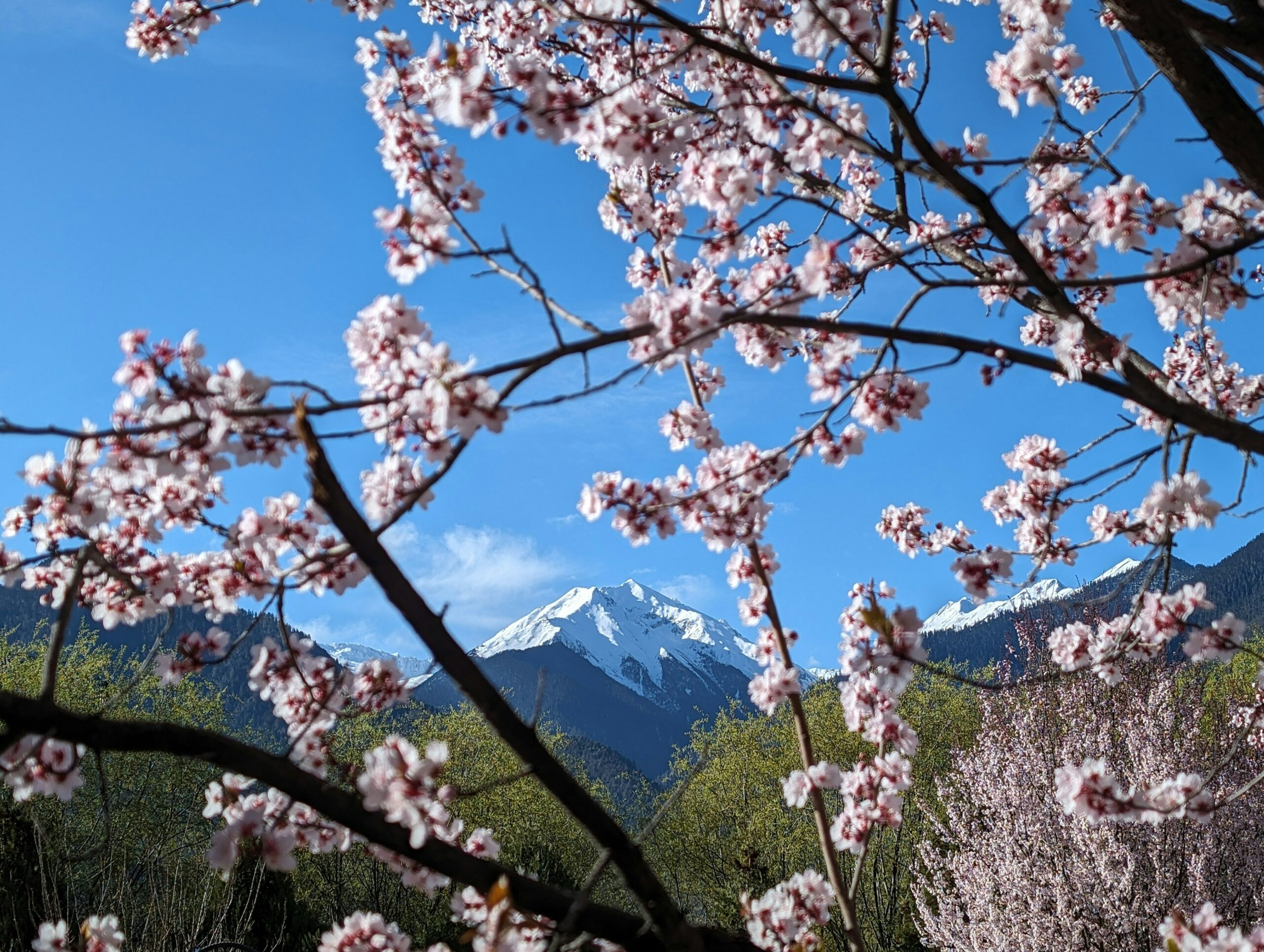Your cart is currently empty!
Ancient Wild Peonies Draw Adventurers to Asia’s Untamed Peaks

For dedicated naturalists and flower enthusiasts, the wild peony, an ancient plant species distinct from its cultivated garden counterparts, offers a unique pilgrimage across some of the planet’s most rugged landscapes, from the high mountains of China to the steppes of Central Asia and the limestone ridges of Europe. These enduring blossoms, rooted in history and nature’s selective design, demand respect and patience from those who seek them in environments untouched by manicured horticulture.
Unlike the showy hybrids often found in commercial gardens, wild peonies exhibit subtle, resilient beauty, surviving harsh climates and sparse soils. Their presence serves as a living testament to evolutionary persistence, connecting modern observers directly to the genus Paeonia‘s profound ecological narrative.
China: The Peony Cradle
China stands as the undisputed heartland of peony diversity, particularly for the revered tree peony species. The rugged Qinling–Daba Mountains in central China act as critical sanctuaries. Here, between elevations of 850 and 2,800 meters, species like Paeonia rockii bloom on limestone slopes, their white and purple petals often marked with delicate maroon speckles. Finding these guarded blossoms among the rocky crevices is described by observers as a moment of profound revelation.
Further northwest, the slopes of Mount Taibai in Gansu Province, the highest point of the Qinling range, host exceptionally rare wild tree peonies, enduring misty conditions and jagged cliffs. In southwestern China, the mountainous regions of Sichuan and the remote Tsangpo Valley in southeastern Tibet shelter even rarer finds. The highly elusive Paeonia sterniana, for example, presents pale pink flowers above the alpine tundra, requiring strenuous treks and dedication to witness.
Resilience in Central Asia and Europe
The journey for wild peonies extends across the sweeping steppes and mountains of Central Asia. In the Altai Mountains, spanning parts of Kazakhstan and Russia, Paeonia anomala emerges from meadow edges, its blooms nestled among wild grasses, embodying the quiet beauty of the high steppe.
Similarly, the Tian Shan Mountains, shared by China, Kyrgyzstan, and Kazakhstan, are home to Paeonia intermedia. This species defies alpine challenges, blooming on rocky slopes as a vibrant display of adaptation against harsh winds and seasonal snows, highlighting the tough nature of these ancient flora.
Europe, while home to fewer species, offers captivating finds, such as Paeonia broteroi in Spain’s Sierra de Grazalema. This Western Iberian peony thrives on sun-baked, limestone soils beneath pine canopies, providing a vivid contrast of color during its spring blooming period.
Planning a Wild Peony Expedition
Timing is paramount for observing wild peonies, as bloom seasons are dictated by altitude and local climate. Visitors planning to witness these natural spectacles must align their trips with specific regional windows:
- China (Qinling & Gansu): Late April to early June.
- Altai & Central Asia: May to July, shifting with elevation.
- Sierra de Grazalema (Spain): April to June, with lower slopes flowering earliest.
For enthusiasts undertaking this botanical quest, expert advice emphasizes preservation and preparation. Using local guides is often essential for navigating rugged terrain and identifying precise bloom sites. Crucially, the principles of conservation must be strictly maintained: observers are reminded to leave no trace, viewing without touching, and photographing without harvesting. Respecting these fragile, protected habitats ensures that the profound beauty of wild peonies persists for future generations to discover. Ultimately, the quest for a wild peony is less a simple trip and more a deep immersion into nature’s unvarnished artistry.